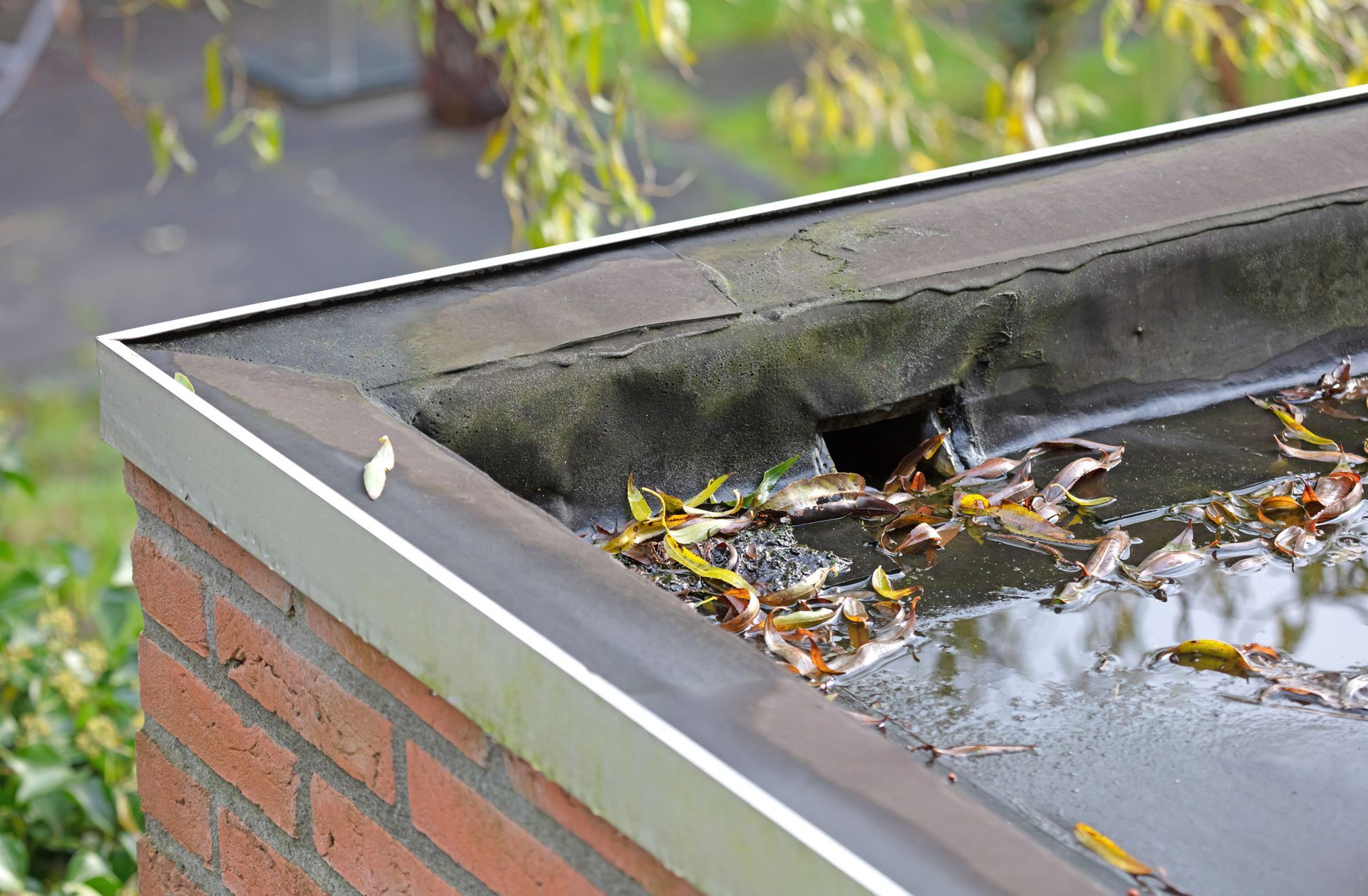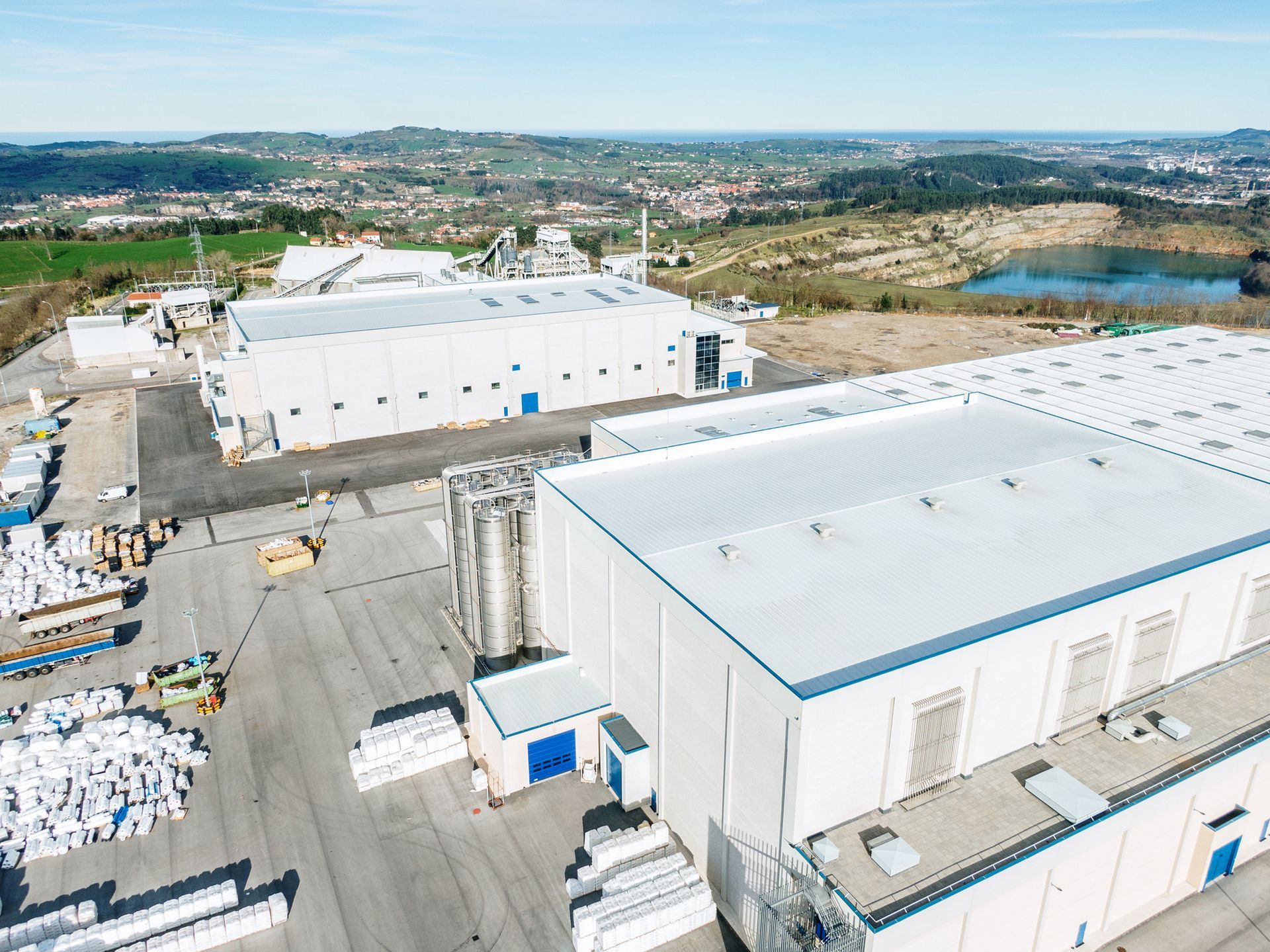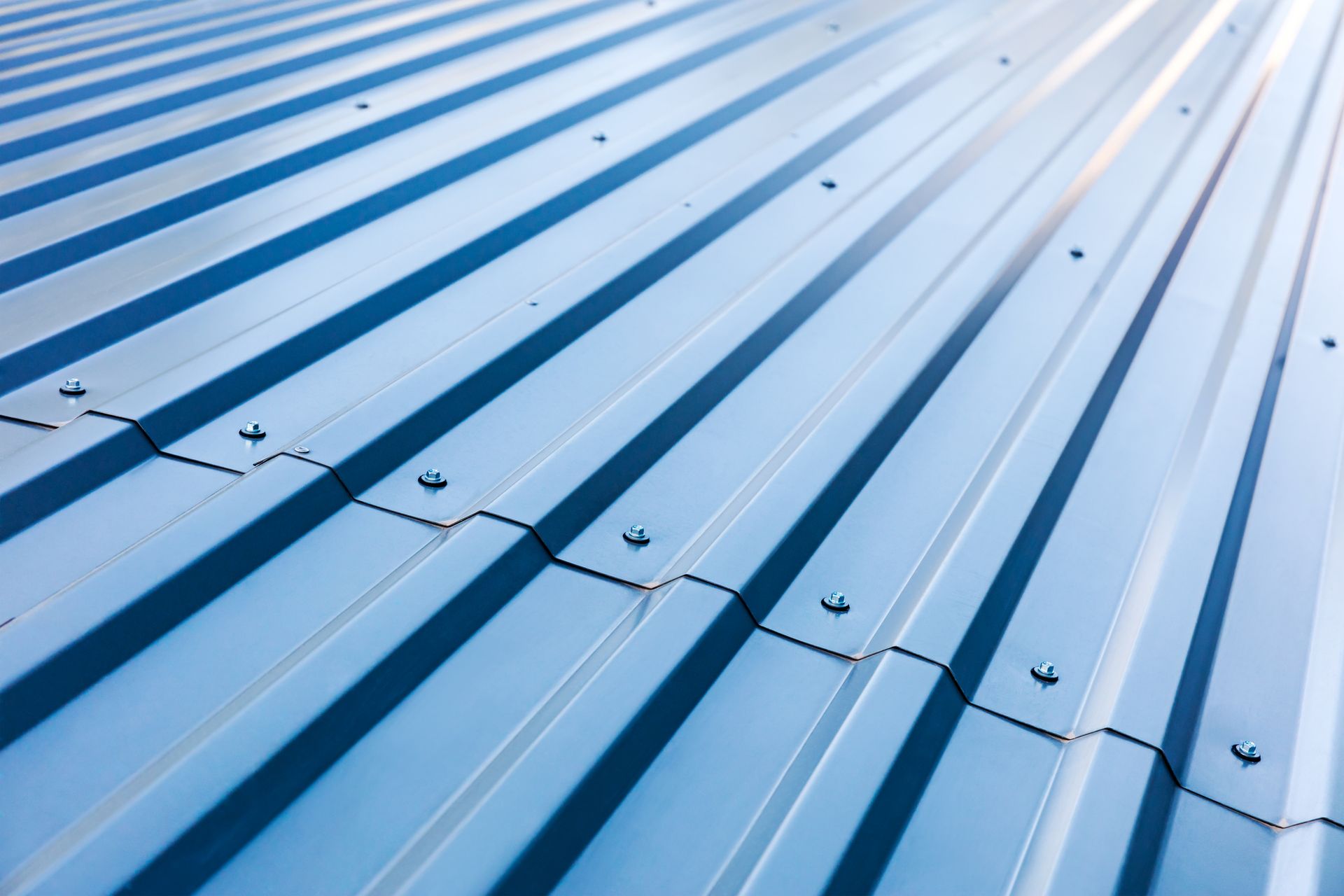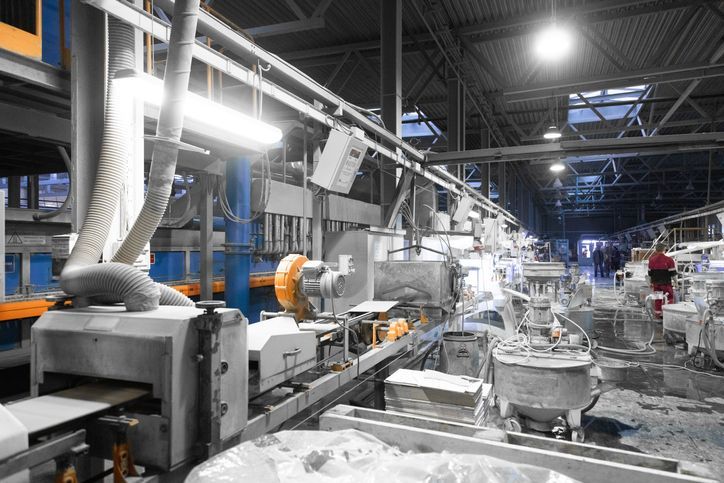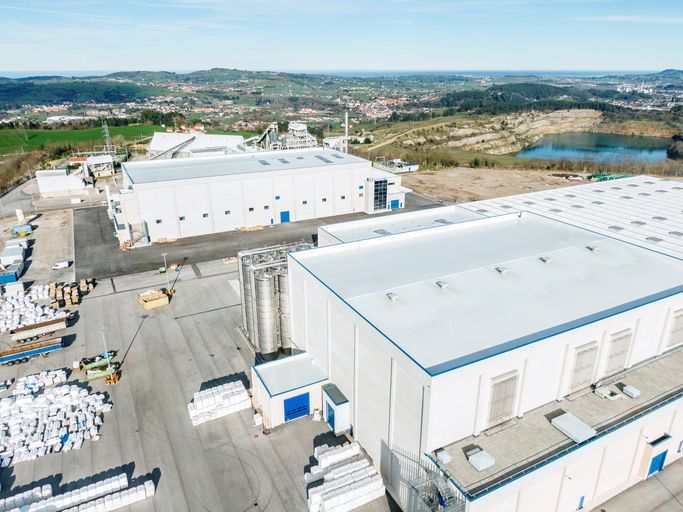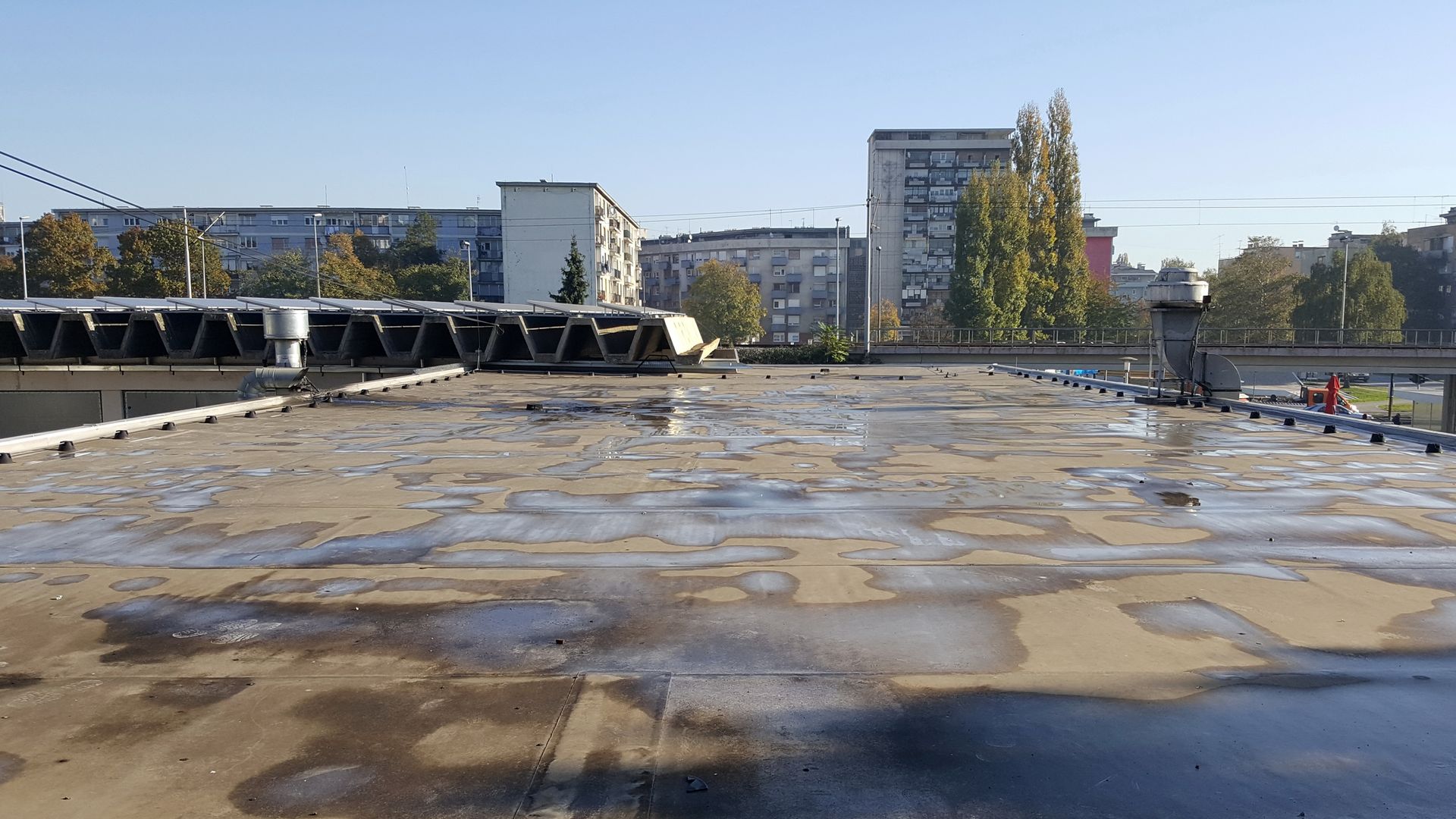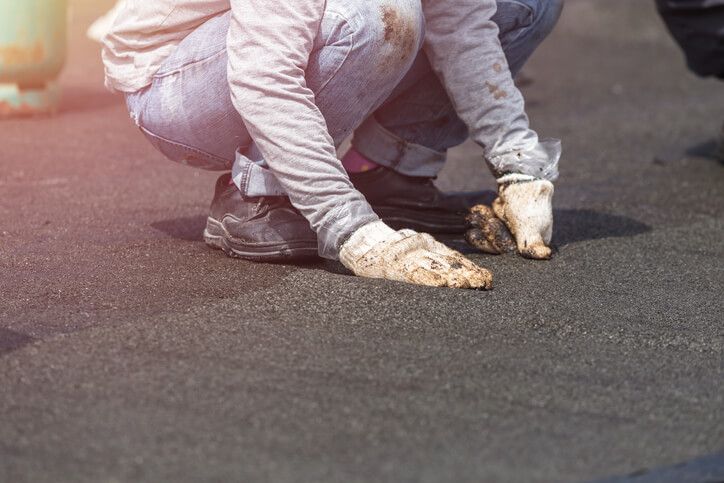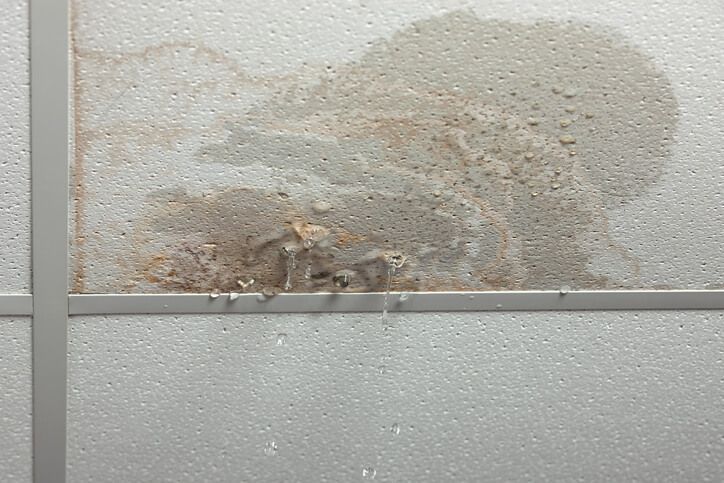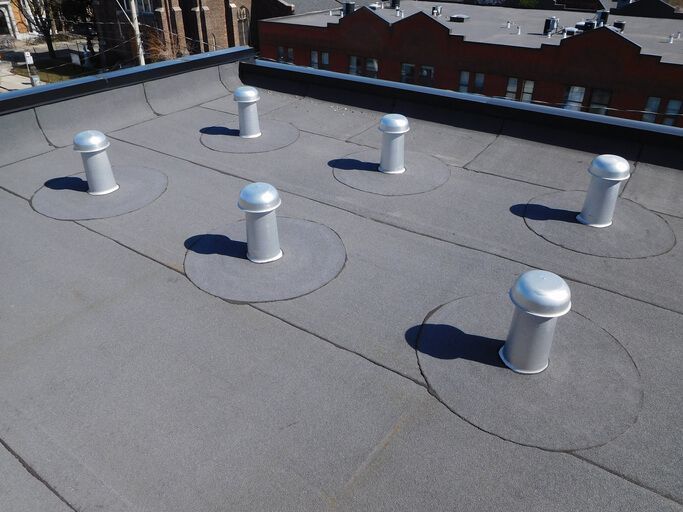How do Flat Roofs Drain?
Flat roofs can be a popular choice for homes and commercial buildings, but they must be maintained and managed correctly to ensure that rainwater doesn’t cause damage or unwanted leaks. That’s why it’s important to understand the components of a flat roof drainage system and how they work together.
Gutters for Flat Roofs
Gutters are a common choice for drainage on a flat roof. Like other roofs, gutters consist of channels that collect rainwater from the roof and direct it to an appropriate drain or off the edge of the building. Gutters typically have downspouts, pipes designed to control water flow away from the roof, preventing pooling and flooding.
Gutters are a universal and inexpensive drainage option that will prevent water from pouring off the roof during heavy rainfall, protecting the walls, windows, and door openings. Since gutters direct the water away from the building, they can prevent leaks and water damage.
It’s important to remember that gutters can begin to pull away from fascia boards and are also at risk of damage from heavy debris, severe weather, and ice buildup.
Interior Drains for Large Flat Roofs
Commonly, you will find interior drains on larger buildings with flat roofs. Interior drains are a great choice for flat roofs on larger buildings since they are designed to capture and divert rainwater from the roof’s surface down into an underground pipe system. This helps prevent water pooling.
Interior drains can be either shallow or deep, depending on the type of roof membrane installed. Shallow drains typically have built-up roofs, while deep drains are better suited for single-ply membranes.
Interior drains can be a great way of ensuring that your flat roof is draining properly, but they require regular maintenance to ensure that debris like leaves and twigs don’t clog the system. It’s also important to watch out for damage caused by extreme weather or improper installation.
Scuppers and Parapet Walls
Another great way to ensure your flat roof drains properly is by using scuppers or parapet walls. Scuppers are openings in the roof’s edge that allow water to drain into a gutter system. At the same time, parapet walls are small barriers installed around the perimeter of the building that prevents water from entering the walls and leaking into the building.
Depending on the roof type, scuppers can be built or added after installation.
Both scuppers and parapet walls can be a great way to ensure that your flat roof is draining properly, but they also require regular maintenance and cleaning to prevent debris from blocking the pathways.
Commercial Flat Roof Services by ACR1
Flat roofs can be an ideal choice for many types of buildings, but it is important to understand the components of a flat roof drainage system and how they work together to ensure that it remains in good condition. Proper flat roofing maintenance and regular inspections will help keep your flat roof functional and long-lasting.
At ACR1, we can perform a thorough flat roof inspection and recommend necessary flat roofing maintenance to keep your roof in good working order. We offer top-quality commercial roof repairs, including flat roofs from 2,000 sq. ft. to 1,000,000 sq. ft. Contact us today to learn more!

Author:
Floyd Mason
Born and raised in farming in Iowa
Worked in and around construction since 1977
BS in Corporate Finance and Financial & Estate Planning from Brigham Young University. Involved in Boy Scouts of America for more than 35 years, Scoutmaster 15 years Estimator, Project Manager, Sales Representative, Crew Leader, Laborer, Territory Manager, District Manager, Regional Manager, National Sales Manager,
ACR1.COM Sales & Marketing Manager since 2013.
